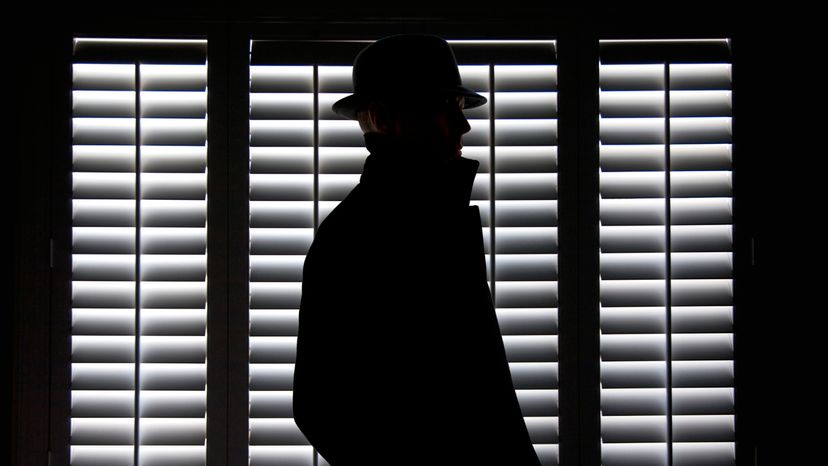
We’ve read about them in books and see them in movies all the time but is the the world of espionage and secret agents really as flashy and exciting as Ian Fleming would have us believe? Well, perhaps not in all respects, but many real-life spies have been tasked with missions that are just as dangerous as anything their fictional counterparts would tackle. And, unlike in the movies, when real spies are captured, they aren’t left unattended while some elaborate scheme involving a slow moving laser is assumed to have taken care of their execution. Nevertheless, after reading about a few of these daring real-life spies, you might find that a few of them have much more in common with James Bond than you might have expected.
Advertisement